Some places on this planet have radiated with mystery since ancient times. These kinds of sites have the power to take us to a different world, a different dimension, making us feel as if we traveled back in time. Some of the mysterious regions emanate positive energy and resemble landscapes from a fairy tale, while others invoke uncomfortable feelings of confusion and dread. One place that perfectly fits the spooky category is located in East Yorkshire, and it’s called the Wold Newton Triangle.
The Wold Newton Triangle, roughly centered around the village of Wold Newton, is absolutely brimming with horror stories and mysterious objects and locations. It is situated between the cities of Scarborough and Bridlington.
On the west, the Wold Newton Triangle goes alongside the B1249 road that passes through the Yorkshire Wolds. It stretches from Driffield to Saxton Hill all the way to the Vale of Pickering. On the east, the triangle begins from the shore of the North Sea and goes along the A165 from Ghristhorpe to Bridlington Bay. On the south, it is limited by the Woldgate Roman road, from Bridlington to Stamford Bridge and York.

The eastern side of the Triangle is bordered by the North Sea, running the length of the A165 coast road from Gristhorpe and Filey Brigg along to Flamborough Head and Bridlington Bay. The southern and final side of the Triangle runs parallel to the old Woldgate Roman road, which heads out from Bridlington and across what used to be called the East Riding of Yorkshire towards Stamford Bridge and York.
This region has an enormous concentration of myths and legends, like nowhere else in England. Many accounts exist of close encounters with ghosts and other mythical creatures in the Wold Newton Triangle. There are also a number of places renowned to have great power, used for sacred rituals since ancient times.
Here is a selection of a few among the countless stories that arise from this region. Let’s begin with a story that is familiar in folklore around the world.
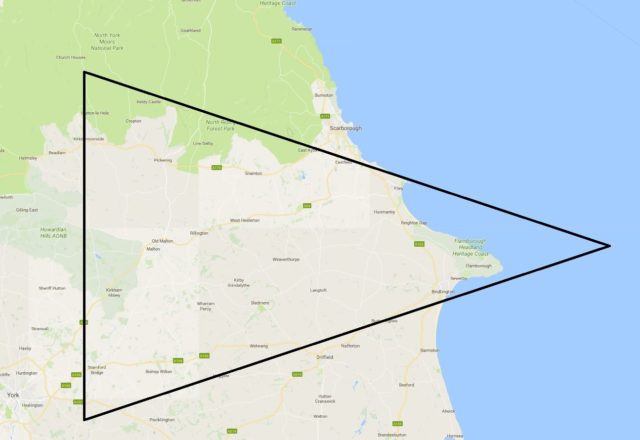
This story comes from the town called Filey, where it’s believed that a dragon used to reign. One day the locals managed to trick the dragon and make him eat a very sticky cake called parkin. The dragon was forced to jump into the sea to clean his teeth. The villagers then ambushed the dragon, and he drowned. According to this legend, the Filey Brigg’s rocks near the town are the fossilized bones of this dragon.
Another legend speaks about a place constructed in the past near Saxton Hill, called Spital Ho, where a different kind of evil creature creeps. Its purpose was to protect travelers from wolf attacks. The wolves around Spital Ho were so intelligent that people started to believe that they are actually humans that had the power to transform into wolves during the night. In other words, they were werewolves. According to reports, there were werewolves in the area until the 18th century, when the “sightings” decreased. The last reported werewolf encounter here happened in the 1960s, when allegedly a werewolf was spotted by a bus driver.
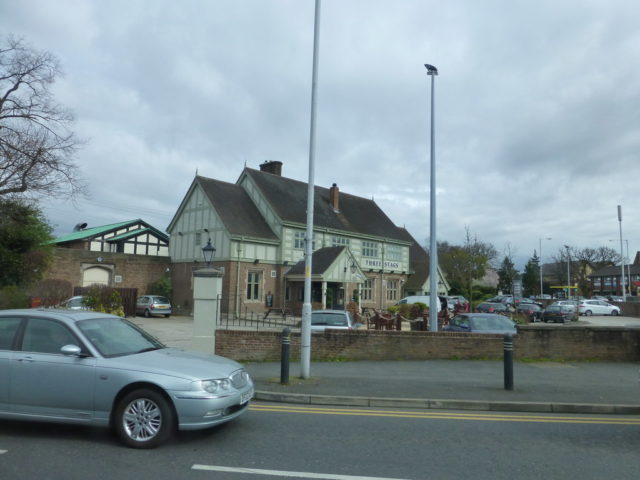
There is no mystery without ghosts, and it seems that there are a lot of paranormal accounts coming from the Wold Newton Triangle. One place in particular is famous for being haunted, and that is Burton Agnes Hall. The house was built by Sir Henry Griffith between 1601 and 1610. During the construction, the youngest of his three daughters, Anne Griffith, fell in love with the building and became obsessed with it, watching the hall getting built every day. Unfortunately, she was attacked by some thieves in a park and was badly hurt. On her deathbed, she relayed her last wish to her sisters. Anne wanted her head to be placed inside the walls of the Burton Agnes Hall. She also told them that if somebody attempted to remove her head from the building, she would make a terrible disturbance around the house and force its tenants out.
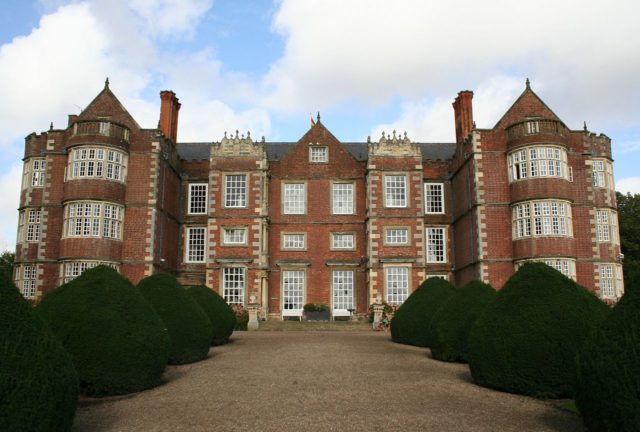
When Anne died, her sisters couldn’t allow themselves to remove their poor sister’s head from her body and buried her without honoring her wish. Soon, they heard strange noises in Burton Agness Hall. They immediately exhumed Anne (and noticed that her body had already decayed to only a skeleton) and took her skull into the house. The noise disappeared. In another instance, a maid who didn’t believe that there was a presence in the house threw the skull into a manure wagon. The horses froze and refused to move until the maid took the skull back. Every time somebody tried to remove the skull, weird things happened in the house. Today, the exact location of the skull is unknown, but it is believed to be buried somewhere in the walls.
Besides the stories, there are many places of mystery across the Wold Newton Triangle. One of them is located in the village of Rudston, one of the oldest continuously populated villages in England. The ancient object whose exact purpose is unknown to us is called the Rudston Monolith, situated in the yard of the Church of All Saints. The huge piece of stone, which was originally 28 feet tall, was erected there around 1600 BC, during the Late Neolithic or Early Bronze Age period.
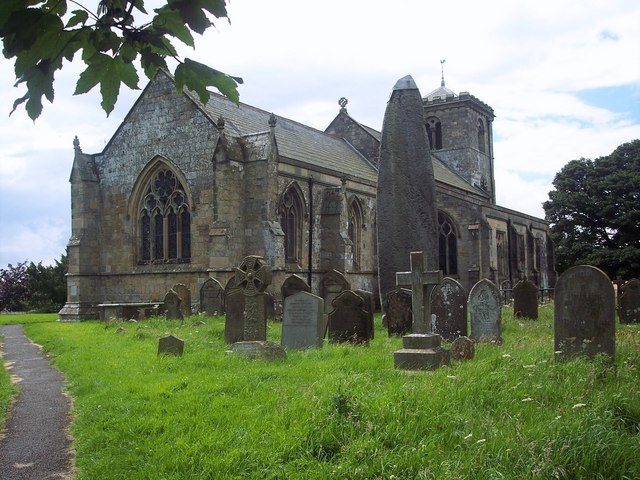
The stone was brought to Rudstone from Cayton or Cornelian Bay, which are around 10 miles away. It’s a huge rock; it was discovered that its depth in the ground is approximately as much as its visible part. There is also a smaller stone near the monolith made of the same material (gritstone). Most certainly the monolith was used during spiritual rituals and later the area continued to be used for Christian rituals. One legend says that the stone was a missile launched by the Devil when he was mad at the people of Rudston. It is also believed that if a wedded man touches the stone with his wedding ring, he will have a better love life. Besides the monolith, there are some other prehistoric monuments around the village.
We mentioned only a few mysterious stories from a huge selection. There are also stories about fairy people and vampires, and many more ghosts. So why is this piece of land overwhelmed by so many paranormal phenomena? Among the theories, paranormal experts theorize that it is either because of the ley lines between which the Wold Newton Triangle is located or the Gypsey Race stream that flows through the area.
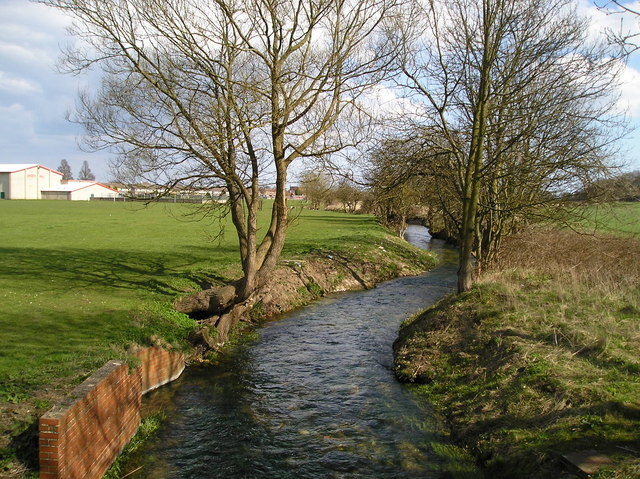
The village of Rudston, in the middle of the Wolds, is the endpoint of five ley lines. Ley lines are a concept proposed by amateur archaeologist Alfred Watkins and represent an alignment of landforms and man-made monuments that are religiously or spiritually significant. They are straight paths carved in the landscape that connects various points with strong spiritual energy. Their existence, and scientific importance are not confirmed.
Another cause for the mysteries of the Wold Newton Triangle may be the Gypsey Race River. Situated in the Great Wold Valley between Duggleby Howe in the east, it passes through Wold Newton and Willie Howe, heading south to Argham Henge and Cursus Down and the village of Rudston and then eastward again all the way to Bridlington and the north sea. The banks of this stream were important to people since prehistoric times, and most of the legends seem to orbit it. The ancient Britons used to call this river “Water of Woes,” because every time its water levels elevated, a disaster would strike in the days following.
Whatever the case may be for the phenomena happening here, the Wold Newton triangle is definitely a great inspiration for fiction.
